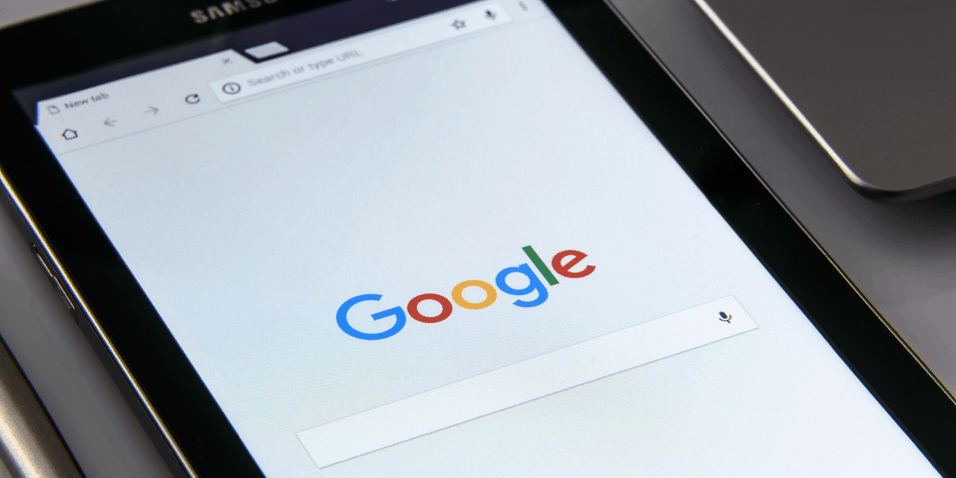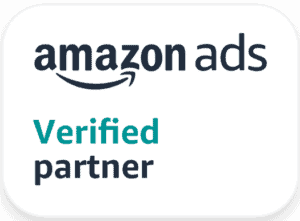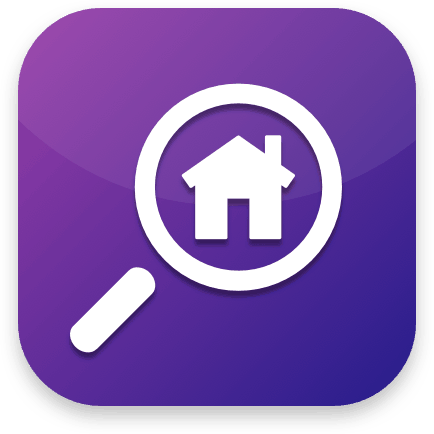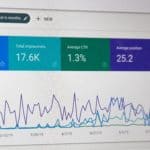Implementing a Goal-Optimized Shopping Campaign: What You Need to Know

Google Shopping is a powerful platform for growing your e-commerce business, but it can often be confusing and time intensive. That’s why choosing the right Google Shopping Management Agency is the right move for many businesses. However, if you are going at it on your own, there are a lot of opportunities you can take advantage of, and a great many ways to find success on the platform.
Creating campaigns is one thing but making them successful is another thing entirely.
So, if you’re wondering how to optimize your Google Shopping Campaigns, start here! If you are specifically working Goal-Optimized Google Shopping campaigns, the following can help:
Goal-Optimized Google Shopping Campaigns: What You Need to Start
A relatively new feature by Google Ads, Goal Optimized Google Shopping Campaigns are automatic, and can both help you maximize conversion value and simplify the management of your account.
For simplicity purposes, we will assume that you have created a shopping feed (linked to the account), have proper conversion tracking set up, etc. However, there are a few important things to note before getting started:
- – You must have either the global site tag implemented on your site, or have your account linked to Google Analytics (where you can set up tags instead of using the global tag).
- – You will need a remarketing list of at least 100 active users associated with the account.
- – Your account needs to have had 20 conversions in the past 45 days (anything less will make it hard for Google to optimize for your goal).
- – You need both a company logo (you can set this up in Merchant Center if you have not already) and a marketing image. The marketing image is for users that have expressed interest in your site, but not a particular product. Once interest in a product is shown, the relevant information for that product will be shown.
The Benefits of Goal-Optimized Google Shopping Campaigns
Now that we have the requirements out of the way, we can focus on the benefits of the new Goal-Optimized Shopping campaigns, and highlight how they work.
One of the biggest benefits of Goal-Optimized Shopping campaigns is that they are eligible to appear on all of the following networks: Google Search Network, Google Display Network, Gmail, and YouTube. This means that we can now use one campaign to advertise on all available channels instead of creating different shopping campaigns for different channels. Thanks to Google’s algorithm, your ads will be placed in the most relevant places on these networks, working to get you conversions.
How Does Google Predict Conversions?
Speaking of Google’s algorithms, it is important to know what is taken into consideration when predicting a conversion. There are three main things Google looks at – context signals, user’s search habits, and product attributes.
– Context signals include things like browser, time-of-day, and devices.
– User search habits allow Google to bid more/less for products if a user has historically converted in similar situations.
– Product attributes not only include things like price, color, title etc. but also price competitiveness. This is important to know when troubleshooting a Goal-Optimized campaign.
More Important Than You Think: Account Management
Though Goal-Optimized Campaigns are “Smart” and designed to take most of the management hassles away, there are two things to keep in mind.
- 1. Goal-Optimized Shopping campaigns will always take priority over other shopping campaigns if there are identical products. This is why Google recommends pausing other campaigns/ad groups/items that include the same products. Running identical products in two campaigns can interfere with Google’s machine learning.
- 2. Google’s machine learning takes time to optimize for the goals you set. This can take anywhere from two to three weeks.
This means it is important to not make any changes within that time frame. From an agency perspective, it would be best to notify clients of this before implementation to avoid confusion.
Ready to Get Started?
All things considered, Goal-Optimized campaigns are a great way to save time and increase conversions. They allow for more visibility to a more targeted audience while eliminating a good bit of the work on the advertiser’s end.
Want to chat about your current Google Shopping campaigns and how Lead Horse Marketing may be able to help? Schedule a discovery call today!
Recent Posts
You’ve heard it here, you’ve heard it there, you’ve heard it from any SEO agency:…
Every month, our SEO team looks back on the previous months to determine wins, losses,…
















